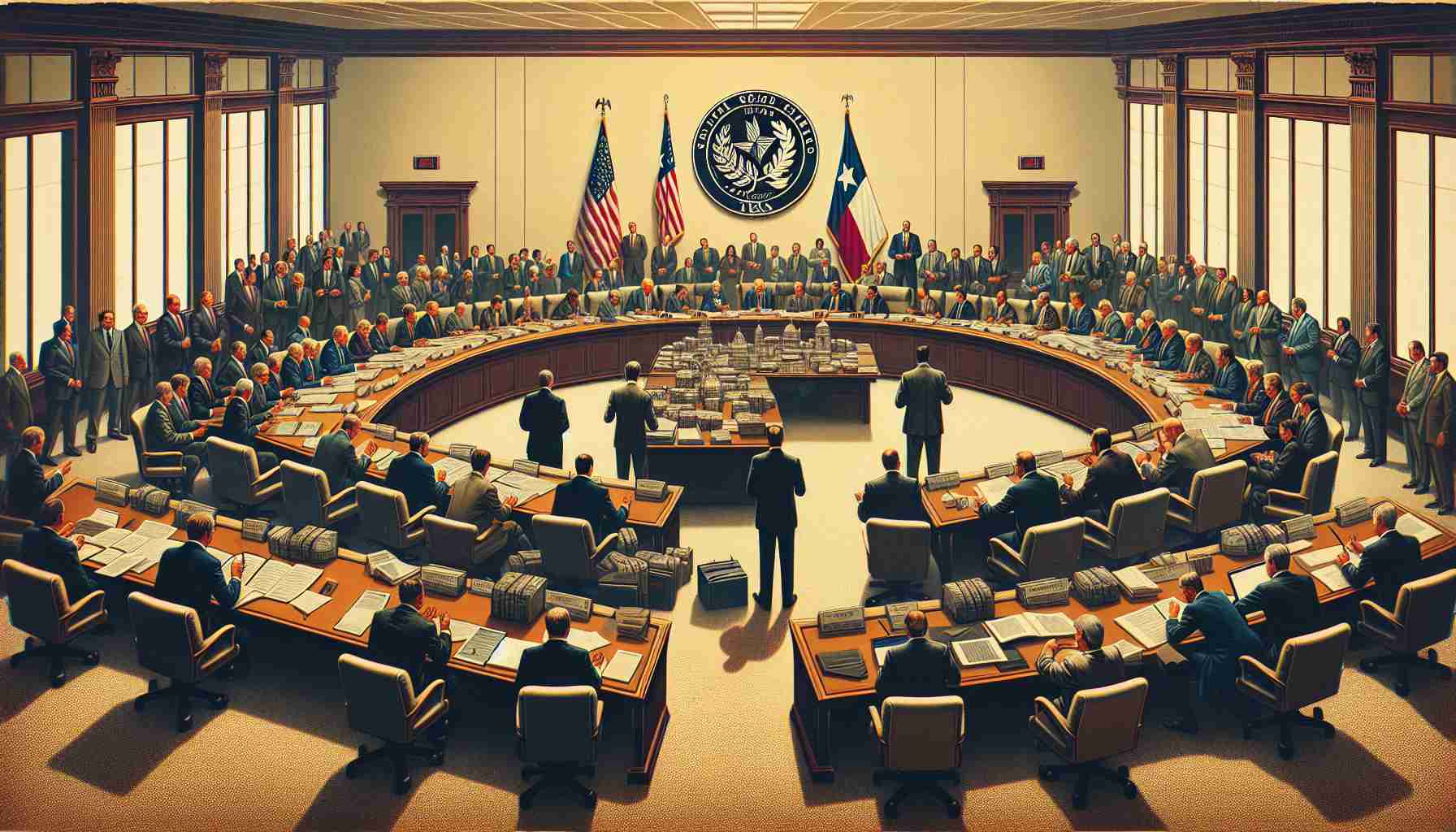Illinois Receives Major Federal Funding Boost for Clean Energy
In a groundbreaking development, Illinois has been granted over $500 million from federal coffers to combat pollution and advance clean energy initiatives. State leaders gathered on Friday to celebrate, with Illinois Gov. JB Pritzker and U.S. Sen. Dick Durbin at the forefront of the announcement.
Transformative Grants Announced
The windfall includes a substantial $430 million through the Climate Pollution Reduction Grant and an additional $95 million courtesy of the EPA’s Clean Ports Program. This influx of funding is destined to fuel progress in transportation, agriculture, and construction sectors, aiming for greener horizons.
Pritzker’s Vision for the Future
Gov. Pritzker emphasized the importance of this federal and state collaboration, marking it a key stride towards a cleaner and more sustainable future for Illinois. Funds are allocated for initiatives such as developing charging infrastructure for heavy-duty vehicles and helping farmers embrace sustainable practices. Additionally, clean building technologies will be harnessed to help homeowners slash energy costs, with Illinois ports aiming for zero carbon emissions.
Impact of the Inflation Reduction Act
These transformative grants are a product of the Inflation Reduction Act, passed in 2022. Highlighted by Sen. Durbin, this federal law marks the largest-ever investment in addressing the climate crisis. As a result, Illinois has secured roughly $19 billion to date, pushing it closer to fulfilling the goals of its Climate and Equitable Jobs Act of achieving 100% clean energy by 2050.
Illinois’s Secret Weapon Against Pollution: A New Perspective on Massive Cash Influx
In a monumental stride towards a cleaner environment, Illinois has secured over half a billion dollars in federal funding. This generous financial injection is poised to reshape the state’s ecological and economic landscape dramatically. As Illinois advances towards its clean energy goals, numerous questions arise about the allocation, impact, and long-term implications of this funding.
Key Questions and Answers
How Will the Funds Be Allocated?
The funding will primarily support clean energy projects in the transportation, agriculture, and construction sectors. Noteworthy allocations include the development of charging infrastructure for heavy-duty vehicles, support for sustainable agricultural practices, and innovations in clean building technologies aimed at reducing energy costs.
What Challenges Could Arise?
Implementing these initiatives poses challenges such as ensuring equitable distribution of resources across communities, navigating potential political opposition, and overcoming technical hurdles in developing new infrastructures. Furthermore, some sectors may resist the transition due to cost concerns or disruptions to traditional practices.
Are There Potential Controversies?
Critics might argue over the effectiveness of such large investments, questioning whether the environmental benefits justify the expense. Additionally, there may be disputes regarding how quickly the state can pivot from fossil fuels to renewable energy sources without impacting the economy negatively.
Advantages and Disadvantages
Advantages:
– Environmental Impact: A significant reduction in carbon emissions is anticipated, particularly as Illinois ports aim for zero-emission operations.
– Economic Growth: The influx of funds is expected to create jobs in clean energy sectors, boosting local economies and advancing technological innovation.
– Energy Independence: Investing in clean technologies reduces reliance on fossil fuels, enhancing energy security.
Disadvantages:
– Implementation Costs: Transitioning to clean energy can incur high upfront expenses and require extensive planning and coordination.
– Adaptation Period: Sectors such as transportation may face challenges transitioning to new technologies, potentially encountering supply chain disruptions or skill gaps.
Long-Term Vision
The state’s ambition to achieve 100% clean energy by 2050 aligns with the goals outlined in the Climate and Equitable Jobs Act. This funding not only supports immediate projects but also paves the way for sustainable development, positioning Illinois as a leader in environmental stewardship.
Relevant Links
For more details on Illinois’s clean energy initiatives and related topics, consider visiting the following links:
– Illinois Government Official Site
– Senator Dick Durbin’s Official Site
– U.S. Environmental Protection Agency
Embracing a cleaner and sustainable future will put Illinois at the forefront of environmental innovation, demonstrating how strategic investments can drive profound changes in combating pollution.























